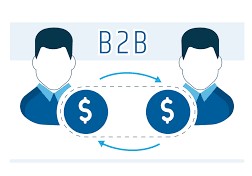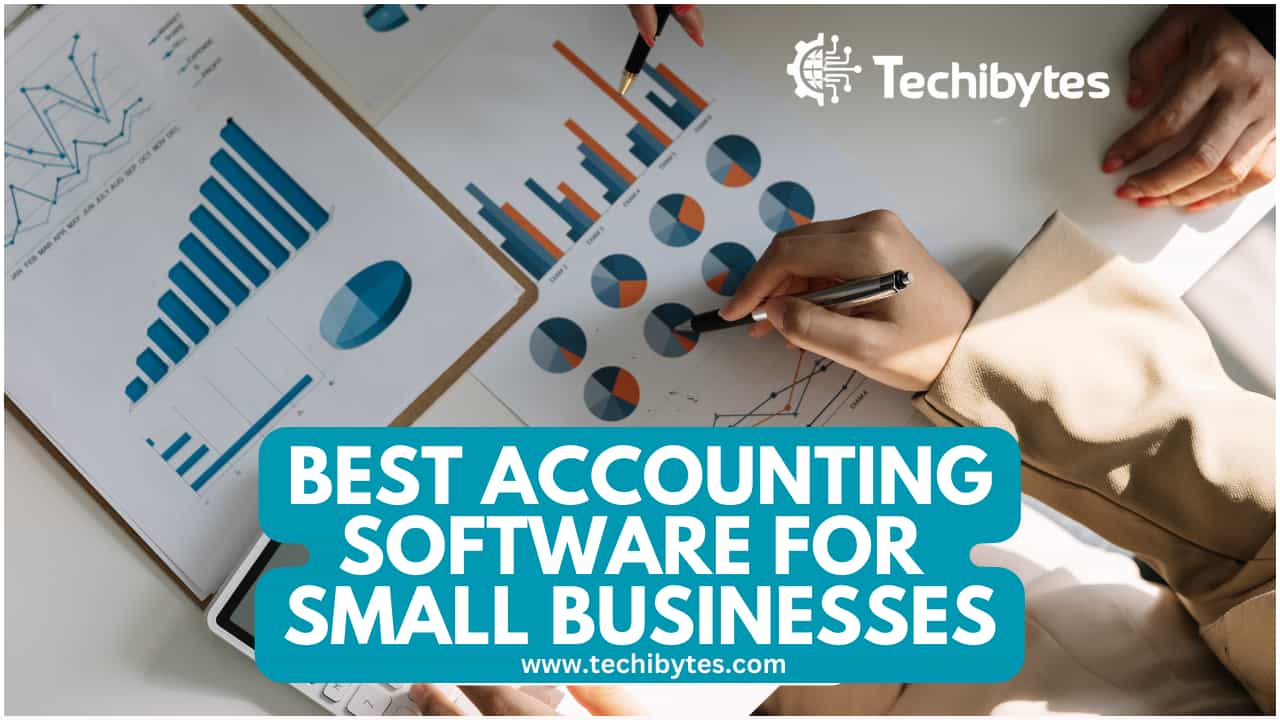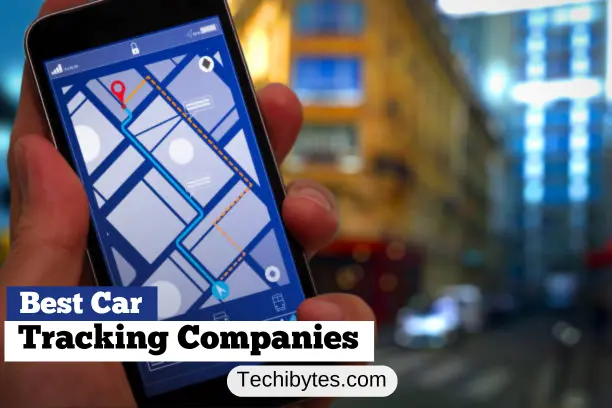With the advancement of technology, Business to business models have become increasingly prevalent, and we frequently hear terms like B2B services and B2B sales. It primarily relates to business transactions or operations between two businesses.
It entails one business selling items or rendering services to another. In plain terms, a business is another business’s consumer. The model is opposed to business-to-consumer model or B2C models.
If you own a business that sells products or services to other businesses, your business operates on a Business to Business model basis. Generally, different organizations operate different B2B models, with the difference being in the fundamental components, such as the design and specifics of the products or services, ways of selling and locating the potential clients, and finally, how customers will pay and the company will profit.
And if you’re beginning a firm from scratch and considering organic growth, it’s critical to recognize that B2B businesses have unique problems, since there are distinctions between creating a B2B SEO strategy for each Business. It is critical to comprehend how to approach the channel with these distinctions in mind, as this is the only way to ensure success.
This article will mostly discuss Business to Business models and how they operate. We’ll discuss nearly everything relating to them.
How does business to business Model (B2B) work?
Business to Business model often referred to as B2B is a transaction in which one firm sells a set of products or services to another business.
Typically, the vendor’s products and services are utilized by a certain group or department. Occasionally, a single buying user initiates a transaction in support of the buyer’s business objectives. Additionally, certain B2B transactions involve the usage of products by the entire organization, such as office equipment, laptops, and application programs.
What is the significance of the business to business model
B2B is essential since every business requires the products and services of other businesses to start, run, and expand. B2B providers to a business typically provide office space, equipment, computer gear and software, and so on. Suppliers provide the food that businesses store in their kitchens and the signage that they show on their office buildings.
The Different Types of Business to Business Models
There are many types of B2B models which different startups can build their businesses on depending on their strategy and how they the wan to approach the business.
The direct connection B2B model
This model illustrates the procedure by which your firm is directly connected to all of its trading partners to exchange electronic documents. The information technology organization associated with your firm is believed to be accountable for all business-related duties such as translation, document monitoring, tech assistance, and mapping. Once the community matures under this paradigm, the immediate goal shifts to continuous communication monitoring and management of trade partner call to swiftly resolve their difficulties.
Network B2B model
This model was developed in response to the fact that the direct model resulted in various complications. As a result, the companies opted to conduct all transactions exclusively through a B2B Service Provider, often known as a Value-Added Network (VAN) before the advent of technology. A single connection was made to the Service Provider through AS2, SFTP, FTPS, FTP over VPN, and RosettaNet in this scenario. Similarly, trading partners are linked to the Service Provider by selecting the connectivity protocol that meets the business’s demands.
Hybrid B2B model
This model was created when the direct and network models were combined. To avoid paying Service Provider transaction fees, firms will interact directly with their trading partners with whom they do the majority of their operations via the internet. By doing so, the firm benefits continuously from the Service Provider’s dealing with a large number of lower-volume trade partners.
Managed business-to-business model
This model is a framework in which a business outsources all of its B2B specifications to an outsourcing firm and benefits from reduced resource requirements. This also reduces the process’s added costs and complexities. The approach is based on a technology that enables the Service Provider to access business documents directly through your ERP system.
Following that, it is responsible for mapping, translating, data center management, technical assistance, and documentation tracking. The Service Provider will convey the completed documents directly or over the network to your business partners.
Different Types of B2B e-commerce
As with other business kinds, a B2B enterprise can be categorized into a few distinct categories. Each business is aided by B2B providers, suppliers, and partners. Numerous B2B business models are used in a variety of industries, including payroll and tax, product design and development, web design and SEO services, service centers, human resource and recruitment, and marketing and advertising. It touches on a wide range of topics, as you’ve seen.
A B2B business can readily approach other businesses via the internet. They can use internet platforms to describe their products/services and the advantages of using them. In the majority of these models, both parties have some negotiating leverage.
Thus, here are three distinct types of B2B e-commerce
Customer-Centered Approach
This is a business model that refers to a certain sort of business in which customers retain their value even after the sale has occurred. This strategy is used to retain existing clients to conduct successful business with them in the future. Customers are prioritized here, and they have a considerable impact on both business operations and the brands with which they interact.
The finest examples are Amazon and Flipkart. Both of the industry’s largest e-commerce companies take a customer-centric approach to maintaining their loyal clients. It takes years of dependable service and value to each consumer to achieve this level of involvement.
Buyer oriented Business Model
This strategy is primarily employed by large corporate entities, as they make a greater number of purchases. Here, the buyer establishes a platform through which vendors and providers can quote their services. The vendors approach the buyer with a variety of quotations and persuading words to convince them of the benefits they are eligible to provide. Then, in the last stage, it is up to the customer to choose the firm that is best matched to their needs and budget.
Walmart is the best illustration of this type of corporation. Walmart operates on a global scale and has a significant influence on a variety of suppliers based on their locations. Thus, Walmart must establish supply chain rules and ensure that vendors adhere to them. Generally, bidding is conducted among local vendors, and the highest bidder is awarded the contract to supply the organization.
Model Centered on the Intermediary
This is a popular business-to-business model that provides a common platform for merchants and buyers to engage and transact. The intermediaries create this shared platform. In exchange, the intermediaries receive a fair commission from the parties involved. Oftentimes, purchasers overlook essential products available on the internet market.
Not only is a third marketplace an excellent addition to the market, but it also contributes to the demise of some significant firms. For example, eBay and OLX provide a platform for connecting with prospective purchasers of your goods or service. You consent to the commission terms charged by these third-party suppliers. The intermediary earns a fee for each transaction or sale.
The following examples will help you gain a better sense of what B2B enterprises look like in the real world.
Amazon
Amazon, one of the most well-known B2C corporations, also operates an Amazon Web Services B2B division (AWS). AWS provides organizations with computing power, database storage, content distribution, and other associated services. It is a market leader in cloud computing, with customers including GE, Hess, Expedia, Philips, and BP. Globally, AWS Cloud encompasses 80 availability zones and 25 geographic areas.
Alibaba
Alibaba is among the largest internet commerce firms in the world. The Alibaba B2B marketplace connects and transacts business between buyers and sellers globally.
Upwork
Upwork is a job search network that links freelancers and employers for tasks ranging from web and mobile application development to social media marketing, content creation, and graphic design.
Example of a B2B Model
Apple and Samsung collaborating on the iPhone is an excellent illustration of the B2B business model in action. Samsung is a trusted supplier of processor chips to Apple, and these chips are being used in the company’s most recent iPhones.
Despite their rivalry, both businesses have remained committed to the B2B model since Samsung can supply Apple’s massive demand for processors and Apple pays a substantial premium for each processor Samsung supplies.
The B2B Model’s Pro and Cons
The B2B model has several advantages and disadvantages for the company owner and their staff.
Pros:
1. Orders placed in bulk:
B2B sales are significant, and purchases are frequently placed in bulk. This indicates that B2B enterprises can generate more money with fewer sales than B2C businesses.
2. Conversion rate increase:
Companies convert better than individuals, which results in more effective marketing efforts and less money spent on acquiring new consumers.
3. Simplified structure:
Regular contact between businesses ensures that sellers are aware of their clients’ needs.
Cons:
1. Prolonged purchasing cycle:
B2B clients make purchasing decisions slowly. Numerous stakeholders are engaged, and the project requires a lot of authorization to proceed.
2. Market size is limited:
B2B vendors have a smaller pool of potential consumers, but the ones they do have are critical. Even a single disgruntled customer can cost a business a lot of money.
3. Forecasting difficulties:
Both producers and resellers may encounter difficulties estimating demand, as B2B transactions have a shorter inventory cycle. This, in turn, can result in an overestimation of demand, leaving all parties with wastages.
The business-to-business (B2B) model is a time-tested method of trade, and these enterprises continue to grow at an exponential rate as a result of the internet.
FAQ
1. What makes B2B such a complicated market?
Pricing in business-to-business (B2B) is generally different for each buyer and each sale; the price is decided based on several aspects and requirements, all of which take substantial time to compute and add significantly to selling costs.
2. How do B2B businesses advertise?
LinkedIn advertising is used by a large number of B2B organizations. But that’s not the only location where they’re advertising. According to the CMI / Marketing Profs survey, 76 percent of B2B organizations advertise on LinkedIn. However, Facebook advertising came in second, with 66 percent.
3. How do you expand a business-to-business (B2B)?
- Conduct a website audit.
- Conduct keyword research.
- Collect employee feedback.
- Collect consumer comments.
- Learn about your competitors by conducting a competitive analysis.
- Begin listening and participating in social media.
- A/B testing should be done.
- Examine your consumer data.
4. What do business-to-business marketers do?
A business-to-business marketing agency is a third-party marketing firm that specializes in adapting your company’s advertising messages to other businesses. B2B marketing professionals understand the nuances of targeting decision-makers for high-priced products/services.
5. How does business-to-business (B2B) affect organizations?
It simplifies an organization’s buying process, decreases transaction costs, enhances interfirm coordination throughout the supply chain, strengthens the relationship with clients, and provides buyer organizations with competitive sourcing options.
CONCLUSION
B2B models are a significant part of the global economy, accounting for billions of dollars in sales annually. Managing a major Business necessitates a thorough understanding of B2B models, e-commerce, how it operates, and the difficulties that it entails. You should have the tools you need to expand your business if you use the knowledge we’ve provided above.










